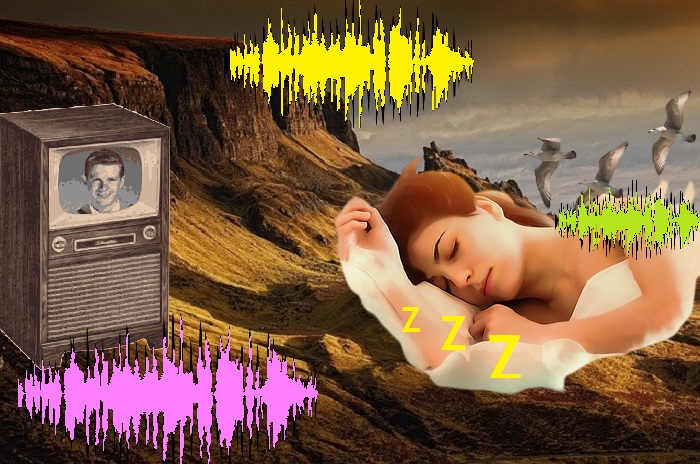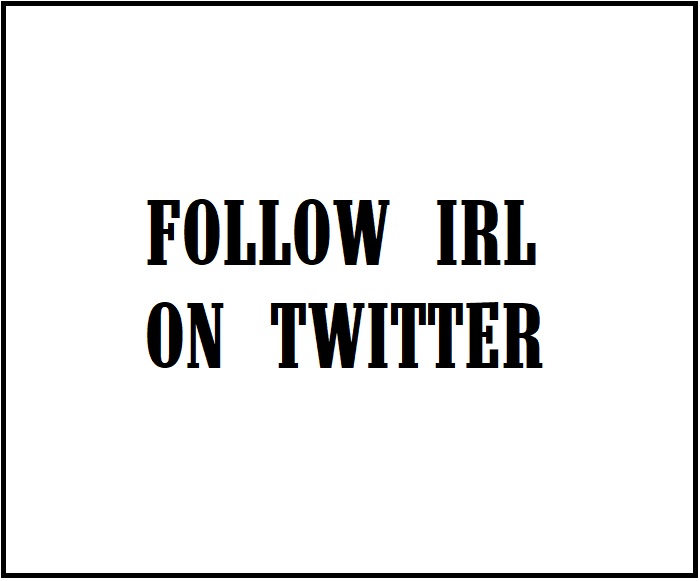
Brain-scientists have discovered that during dreams, the brain is electrically active like when we are awake. However, it is active in a chemically different way. Certain chemicals present during waking are reduced by half during non-dream sleep and are absent altogether during dream sleep. And so, science explains dreaming as just a by-product of these chemical changes in the brain. This seems to link with the philosophical idea of materialism that the world of physical matter is the only world there is. This states that to understand anything, including subjective consciousness, we only need to see it in terms of physics and chemistry.
In contrast, Sigmund Freud believed that the content of the dream is meaningful. He thought it reveals something in a disguised form about our unconscious feelings and thoughts. For example, unrealistic or embarrassing worries and concerns, that we would prefer to keep from waking awareness.
Many therapists today no longer trace all such hidden urges to a sexual origin as did Freud. However, they do see dreaming as the mind creating a dramatic representation of the dreamer’s life. Everything in the dream scene being a symbolic expression of something to do with the dreamer. It could be places, things, or other figures. In other words, the dream is not just a mish-mash of nonsense into which one could read almost anything. But rather something worthy of careful reflection that potentially provides self-insight.
So is it true that dreams show the real me. Who I am?
Mind chatter in waking life
Whether the contents of dreams are meaningful or not, it does seem to be true that we have a tremendous capacity in waking life for, what has been termed ‘mind-chatter’. We only have to try to embark on a programme of meditation before realising how difficult quietening the mind can be. It is because there is a constant stream of sensation, thought and feeling at the fringe of conscious awareness; numerous half-born ideas, images, moods, snatches of memory etc.
Symbolic disguise in dreams
Everyone can acknowledge that bizarre things happen in dreams. Emotions are powerful. Scenes can be menacing. People we know can turn into judge or jury, our house can acquire a dark cellar we hadn’t before suspected, our pet cat can start attacking us. If dreams represent inner concerns why is it that the familiar objects in dreams function as symbols for something else? Why can’t dreams be more straightforward?
Like Freud, I would suggest the answer is that we have desires that would be unacceptable to our conscious minds and which would meet social approbation if they ever reached the public view in the light of day. Elements in our inner life that we don’t like to acknowledge to ourselves let alone to others. For example, I can get aggressive even though I don’t want to admit it. The apparent truth about me hurts. I want to be protected from it.
Self-identification with the contents of consciousness
Transpersonal psychologist Steve Taylor observes that in waking life most of the time we identify ourselves with our thoughts. We can’t seem to easily separate ourselves from them. We allow what we think to determine our moods and sense of self-worth. I would day that likewise when we notice our fantasies then we also tend to identify ourselves with these too.
Similarly, we tend to believe that the ideas and images that we experience in our dreams are our own. Because this is what we believe, we often feel ashamed of the images, actions feelings we recall on waking up.
But what if they are not our own? Suppose they enter our heads from elsewhere? Perhaps our minds are merely acting as receivers. We wouldn’t blame a radio set for the material it blares out. Only the person who was broadcasting. In other words, perhaps we are not what we think. We are not what we see in our mind’s eye. According to this view it is definitely a mistake to equate our own character with what we dream.
“You are not your thoughts. I know that sounds crazy, if you’re only just hearing that for the first time… I mean your thoughts are in your head… they’re in your voice (usually)… no-one else can hear them… it’s pretty compelling to believe that those thoughts are you.” (Victoria Ward Harley Street therapist and coach)
Rationality asleep in dreams
When we are dreaming, times, places and people strangely change without warning: bizarre incongruities and discontinuities are normal. Emotion is exaggerated, thought is illogical and undirected, self-awareness is diminished. The sense of decision-making and choice is greatly reduced.
Without rationality I cannot make any informed choices. It seems reasonable that I should not be blamed for something I did not rationally intend. And so, I conclude I’m not responsible for what I unintentionally dream.
Our natural tendencies
If the dream serves a useful function, it is certainly telling us something about our predicaments. The unhelpful inclinations we may indulge, what natural tendencies to avoid, how we feel, what we need, what consequences of current attitudes might arise. All possibilities that are in line with our inner life. But only possibilities. Not actualities. Not necessarily the real me.
Conclusion about dreams
Just as we don’t have to identify with our thoughts, so we don’t have to identify with our dreams. But they can help us to learn about living.
“That a person does not have any selfhood when the will is removed, is evident from sleep. In sleep, the voluntary part is absent, so that one does not have control over any part individually, but the whole body lies at the bidding of involuntary impulses. For this reason, one is then accountable for nothing, because of being asleep.” (Emanuel Swedenborg)
As a clinical psychologist, Stephen Russell-Lacy has specialised in cognitive-behavioural psychotherapy, working for many years with adults suffering distress and disturbance.
He edits Spiritual Questions a free eZine that explores links between spiritual philosophy and the comments and questions of spiritual seekers. You can share your views and find out more about making sense of life.
His eBook Heart, Head and Hands draws links between the psycho-spiritual teachings of the eighteenth century spiritual philosopher Emanuel Swedenborg and current ideas in therapy and psychology.
Article Source: https://EzineArticles.com/expert/Stephen_Russell-Lacy/880816
Article Source: http://EzineArticles.com/10201102

